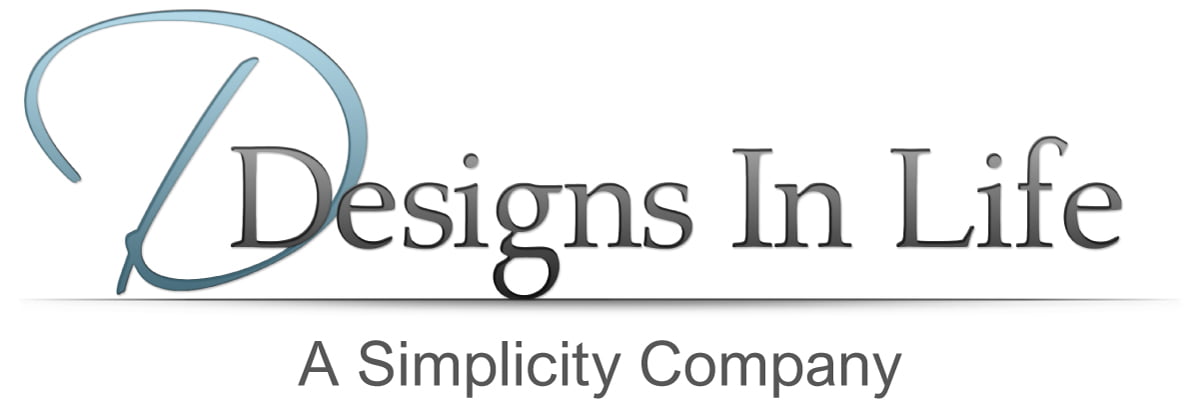“Jim, what would happen if you couldn’t work?”
The next time you sit down for a review with s young client, client couple, or business owner, ask this question straight up to the primary breadwinner of the family. If s/he says that they don’t know or don’t understand the question, restate it or modify it somewhat.
Then listen. If unpleasant silences intervene, just be quiet and let the client continue to ruminate over it. If additional encouragement to respond is needed, ask –
“Well, what is your most important and valuable asset right now?” Suggest a home, contents of an apartment, or an RV or a second residence or a car. Ask (or remind him or her) that s/he has insured those assets and pays premium on them usually without even thinking about it because of the catastrophic financial impact losing that asset might be. Then introduce the problem that what supports the payment of those premiums for the protection of those assets is his/her ability to earn a consistent and significant income, whether from an employer or from a business.
Review what disability income insurance may currently be in place and determine 2) what percentage of the adjusted gross income (AGI) that covers as a percent, and b) if the benefit from the coverage would be taxable as regular income (employer group DI almost always is).
Assess the current health history of the client and suggest getting some numbers to see what the cost would be to insure against loss of off-the-job injuryor extended recovery from illness. Get the ball rolling by submitting an application. If the objection is that they want to think about it, indicate that they will have lots of time to think about it because underwriting can take 4-6 weeks. And, underscore the fact that they are only applying for an offer of insurance – they can always make changes in coverage and costs after the offer is made.
